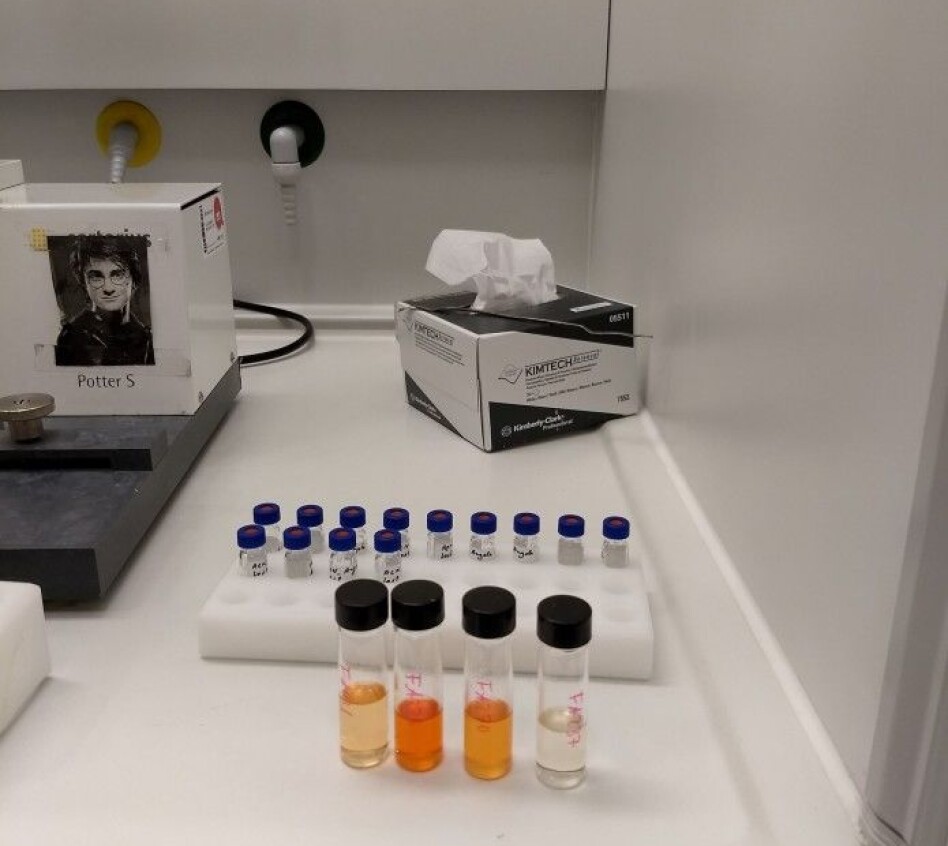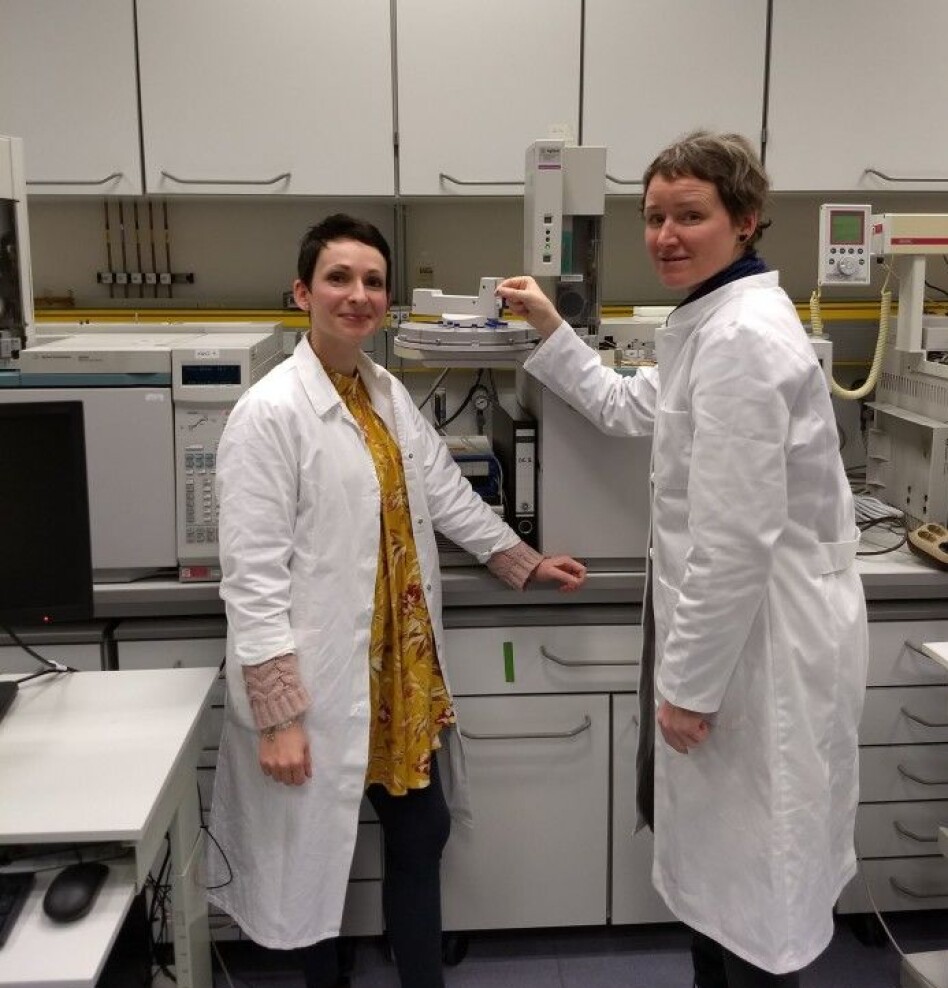Do organisms find food when the sea ice retreats?
In times of climate change and retreating sea ice, important research questions are for example: How important are sea ice algae as a food source for organisms such as copepods, krill and fish? Are they affected by the sea ice retreat and if so, how will that affect the functioning of the Arctic ecosystem?
How to eat in extreme environments
In polar regions, winters are harsh, and seasons that are high in biological productivity such as spring and summer are short. The more important it is for organisms that live in such extreme environments to gain as much food as possible as fast as possible. They need to replenish their used energy reserves from one winter to the other to secure their survival as well as strength for reproduction.
Analyzing fatty acids is important in food web studies
One important adaptation in polar organisms is the ability to accumulate lipids as energy storage. Lipids are made off fatty acids that can be separated in a few important classes and differ in amount and composition between organisms and trophic levels within a food web.
Like a fingerprint, fatty acids can be used, for example, not just to differentiate between a unicellular algae and a higher trophic organism such as krill, those signatures can also be used to determine the sources that organisms are feeding on. The analysis of fatty acids therefore plays an important role in food web studies.
Different algae are food
Unicellular microalgae - so called primary producers - are the base of the marine food web in the Arctic Ocean. They thrive on light and dissolved nutrients in the water that appear as soon as the sun rises above the horizon again with the beginning of spring in higher latitudes. Those primary producers can be separated in species that live in close association to sea ice (sea ice algae) and species that occur in the open ocean (phytoplankton).
Working with the samples
The tasks of a scientist are manifold and vary from reading and writing of papers to high precision analytics in the laboratory as well as physical labor during fieldtrips.
As an early career scientist, it is very important to connect with people that work within your research field to exchange knowledge as well as hands on methodological skills. For this purpose, I went with Doreen Kohlbach, a post doc from the Norwegian Polar Institute (NPI) in Tromsø who is working - as am I - in the Nansen Legacy project to the Alfred Wegener Institute (AWI) in Bremerhaven, Germany for a crash course in lipid extraction and fatty acid analysis.
Since laboratory time costs money and samples are piling up, we worked hard to achieve our goal of analyzing up to 100 samples within a week. The sample material varied from microscopic small organisms that live in the seawater and that were collected on small filters made of glass fiber to macroscopic zooplankton organisms such as krill. All the different samples first had to be dried in a low temperature/pressure process called freeze drying, before they were grained, extracted in organic solvents and finally transformed into fatty acids.
All those different steps had to be conducted in a very clean environment to avoid the contamination of samples with lipids that do not belong to it. But lipids are everywhere and do easily attach to different surfaces. To use very clean work materials is therefore one of the most crucial things in highly sensitive lipid analytics. Everything that we used to process the samples was therefore made of thoroughly washed and heat combusted glassware.
At the end of the day, all this work pays off as soon as you hold your first little glass vial in your hand that is filled with around 1.5 ml of concentrated fatty acid extract. Then, you put this sample in a highly sensitive instrument – a gas chromatograph - and soon you will see the first fatty acid peaks on a chromatogram. Of course, that is by far not the end of your work, because now those peaks must be identified, evaluated and put into a scientific context - but this is a topic for another blog.
Doreen and I were very happy after an intense week of labor: We processed quite a number of samples, I learned a lot and it is always so much more fun to work in a team. The results that we gained look very promising and the information that they hold will tell a very interesting story about species interactions within the Arctic food web throughout different seasons as well as the importance of sea ice.



Written by: Angela Stippkugel with comments from Doreen Kohlbach.







